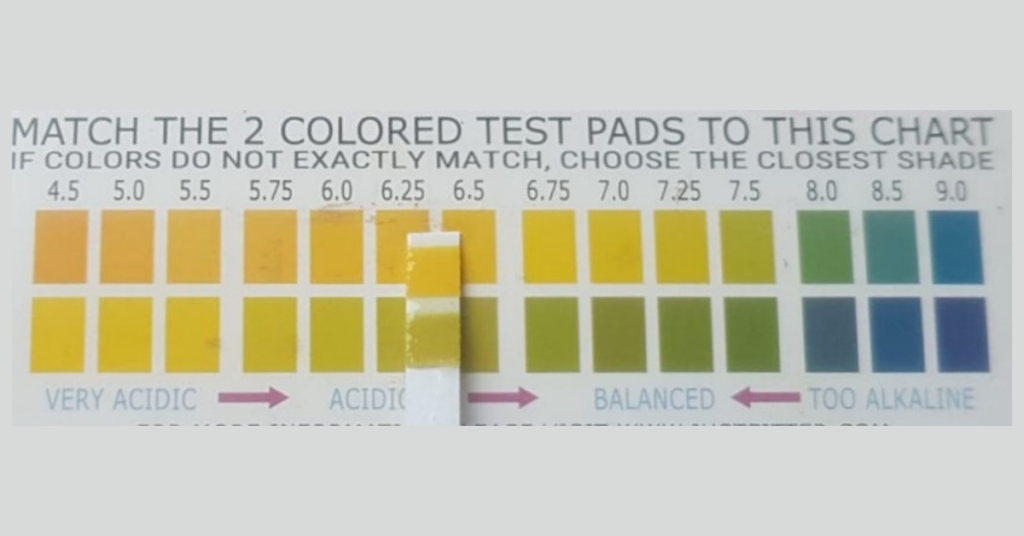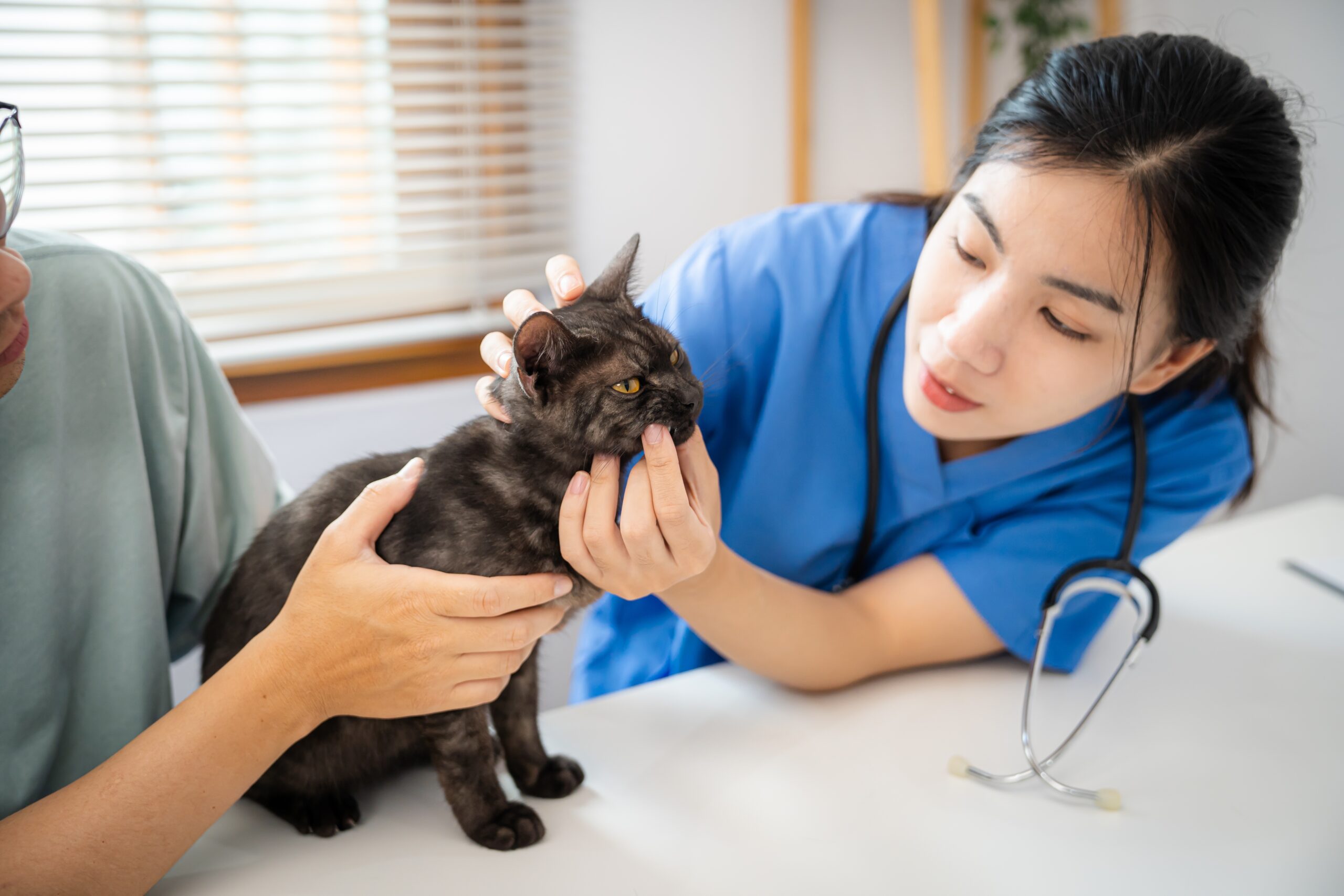Anyone who works with foaling mares will tell you that one of the most vital things you can do is to BE THERE when your mare foals!
However, the nights can start to blur, as you sit up night after endless night, waiting for that foal.
There are four main tools for helping to NOT miss a mare foaling…
☆ Cameras/CCTV
☆ Breastplate/headcollar/surcingle foaling alarms
☆ Magnetic vulvar foaling alarms
☆ Milk testing strips
There are numerous options for camera systems, which may vary based on access to Wi-Fi coverage, mobile phone coverage, etc. There are 2 distinct advantages to employing the use of a camera system.
Firstly, most camera systems allow you to keep your mare under observation remotely. So, you can still keep an eye on her without being right there on site.
Secondly, even if you are able to be on site, a camera system means that you do not have to be constantly disturbing your mare by going in and out of her stable multiple times. Some mares will back off if they are sensitive to interruptions, and it may be beneficial to be able to leave them in peace until you are sure that they are progressing into the final stage of labour.
A possible disadvantage of relying on a camera alone, is that you cannot always discern details like sweating via a camera.
Headcollar, breastplate or surcingle foaling alarms can work off different parameters. Activity, temperature, sweating, and recumbency are all measures that can be determined, and most work off radio transmitters linked to mobile phones.
An advantage over cameras would be that mares can wear these types of alarms in the field, whereas not all camera systems would allow you to monitor your mare during turnout.
Disadvantages of these types of alarms are that they can be removed by a persistent mare, in particular the headcollar type, and they can be hypersensitive, resulting in false alarms. They can also be bulky and uncomfortable for the mare, in particular the surcingle/girth type.
The vulvar magnetic alarm systems consist of a micro transmitter which is stitched onto the lip of the vulva. During delivery, a tiny magnet is pulled out of the transmitter, which prompts a signal to be sent, and a text message relayed to the phone numbers of selected recipients.
Advantages of this system are that false alarms from practise runs aren’t a problem, and that one receiver can serve myriad transmitters, meaning operations foaling even a couple of hundred mares can still benefit from this system.
The system may be expensive to invest in, but the transmitter chips can last for a few years, and provided the transmitters are thoroughly disinfected in between uses, they can be used for more than one mare in a season.
The major disadvantage would certainly be the cost – the system would be hugely pricey for someone with one or two mares, and you’d have to factor in the cost of a veterinary call out for stitching in the transmitter.
Any alarm system that works off signal transmission could prove to be unreliable in circumstances of inclement weather, and signals can be blocked by large objects, particularly metal. And Murphy’s Law nearly guarantees some mares will choose such “dead spots” as their favourite prepartum hang outs!
Any foaling alert tool that does not include physical observation cannot assist in detecting issues such as a mare dripping milk prior to delivery, etc.
Milk testing strips are a popular tool amongst foal watchers. The basic premise is that the pH of a mare’s milk will drop prior to foaling, while the calcium levels rise. Narrow range pH testing strips are what is needed, in order to detect small changes.
The method involves squeezing or collecting one or two drops of milk from the mare’s teats, to test on strips which indicate pH level. Different strips are available – some require dilution with distilled water, some only require a drop of milk. Some test only pH levels, while some also indicate calcium/hardness levels.
The general trend is that once the mare’s milk pH starts to drop below pH 7, you need to be prepared. Below pH 6.4 indicates that the mare should foal within 72 hours. Perhaps more importantly, a pH above 6.4 should mean a mare WON’T foal within 24 hours. A pH of 6.25 is considered to be the magic number by many people.

The advantages of milk testing strips are that they are cost-effective, easily accessible and user-friendly.
There are disadvantages to milk testing strips. Some mares do not experience a pH drop prior to foaling, and some mares can remain at a “foaling ready” pH level for days prior to foaling. User error can skew the results, and sometimes it can be difficult to discern minute changes in the colours of the test strips once exposed to the milk.
Every single one of these tools is just that – no one can definitely predict when a mare will foal. Nothing replaces first hand observation!!! You cannot rely on these tools, but you can utilise them to perhaps ease the eternity of the night…


Share
Your subscription is 100% Free for our first year, No credit card details required.

The Judging Concerns That Keep Coming Back — And Why They Can’t Be Ignored Anymore We didn’t make it to

There are few sporting events that live up to the hype. Wimbledon? Too many strawberries. Cheltenham? Too many suits. But

British Veterinary Association publishes full response to Competition and Markets Authority’s proposed remedies for veterinary market for household pets. The